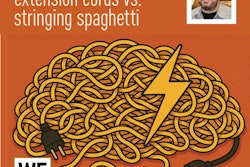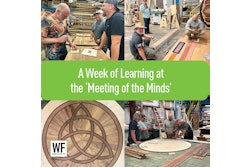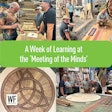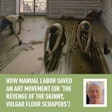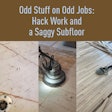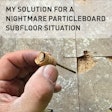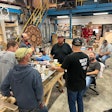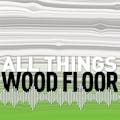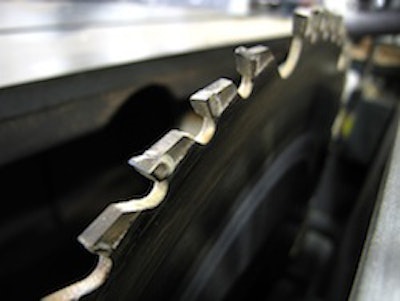

In our trade of wood floors we use both hand and power tools. If we don't fully understand how to use our tools safely we could get hurt or die. It is that simple.
The most dangerous tool in our arsenal is the table saw. More than 30,000 injuries from this saw are treated in hospitals in the United States every year. That is a lot. Why? It is very simple: We use our hands to push a work piece next to a big, rapidly moving sharp blade. Setting aside the arguments surrounding this tool and whether or not the safety guards are practical in the field, here are some basic things you can do to keep yourself safe:
- Read and understand the safety instructions for your tool.
- Don't have anything on you that can get caught in the moving parts (long hair, loose clothing)
- Don't stand behind the blade but instead to its left or right.
- Use a push block. Do not use a push block that only grabs the front edge of the work piece. Use one that holds the work piece down as well.
- Don't work your saw with a dull blade. The blade will most likely jerk the work piece instead of cutting through it.
- Don't cut small pieces on the saw. If you need a small piece, cut a long piece and then cut it to length on the miter saw.
- Remember where the blade is if you are cutting and the blade is buried in the work piece.
- Most importantly: use your brain. What does that mean? It means that when you're cutting you should pay attention to what the work piece is doing once it is passed the blade. Is it starting to close on the blade? Is it wandering away from your fence? Focus on your task and don't be thinking about anything else but where your hands are.















